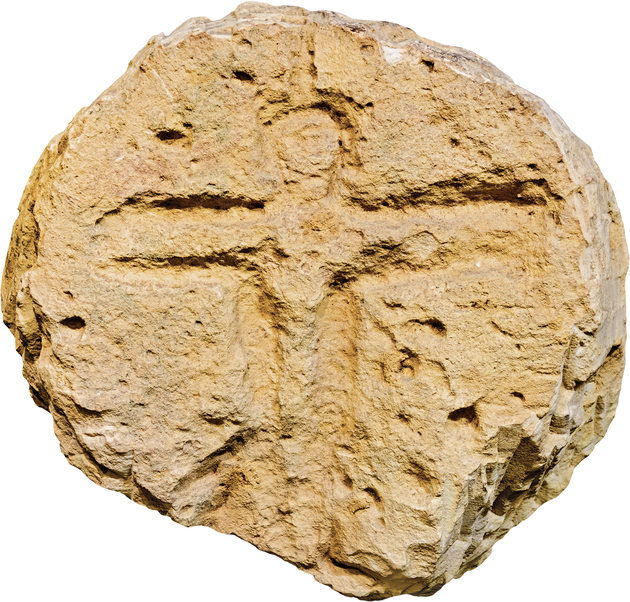Step back in time to the ancient heart of the Mediterranean—welcome to Gozo.
Words & Photos by Daniel Cilia
There’s much to see and do in Gozo too. But if you have a penchant for history and archaeology and want to wander off the beaten track, visit the Ras il-Wardija sanctuary. It may be little known, but it forms a key part of the islands’ rich heritage, linking them to the ancient Mediterranean world.
The arrival of the Phoenicians around 700 BC was a turning point for the Maltese Islands, bringing them into a vast Mediterranean trading network. The Phoenicians, famed for their maritime skills, established trade routes that positioned Malta as a key stop for merchants and sailors.
By 550 BC, power had shifted from Phoenicia (modern Lebanon) to Carthage (modern Tunisia), signalling the start of the Punic era, and Gozo fell under Carthaginian influence, further embedding it within the Punic sphere of power.
One of the most intriguing remnants of this period is the Punic sanctuary at Ras il-Wardija, Kerċem, a site of profound historical and archaeological significance. This sanctuary, carved into the rock, features a man-made cave with five square-headed niches, each of which originally contained rock-hewn symbols.
By the 1960s, these symbols were still intact, though over time, they have largely disappeared due to wind erosion. The last surviving symbol, removed by unknown individuals in the 1990s, was eventually recovered and now resides in the national collection, where it is displayed at the Gozo Museum of Archaeology. Though often identified as a symbol of the deity Tanit, it resembles a figure with outstretched arms, like a crucifixion.
Perched on a promontory, the sanctuary overlooks the dramatic landscape of Dwejra and Xlendi Bay, 120 metres above sea level. This striking location, combining rock-hewn and built elements, likely served as a navigational beacon for sailors approaching the nearby port of Xlendi. Bonfires lit at night or smoke signals by day would have been visible for miles, guiding mariners to the island.
The site was excavated in the 1960s by the Missione Archeologica Italiana a Malta, but time and the elements had already taken their toll.
The sanctuary, situated on a narrow strip of land atop rugged cliffs, has suffered from the relentless winds of the sea, which have eroded much of its structure. Many of the stones that once formed part of it were repurposed into field walls nearby, leaving archaeologists struggling to reconstruct a plan of the original temple.

Higher up the slope from the sanctuary lies the man-made cave, featuring several niches, a rock-cut cistern, and a three-metre-deep water basin, which fills with rainwater during the winter months.
Visitors to the site must tread carefully, as the sheer cliffs drop precipitously into the sea below. The land on which the sanctuary stands remains privately owned, adding further layers of complexity to its preservation.
But Ras il-Wardija is also linked to another discovery – this time lying 110 metres beneath the sea. In 2007, during an offshore remote sensing survey aimed at mapping Malta’s underwater cultural heritage, a small anomaly was detected in the sonar data, leading to one of the most exciting underwater archaeological finds in recent history: a Phoenician shipwreck between Xlendi Bay and Ras il-Wardija.
This shipwreck, remarkably well-preserved, dates back to the 7th century BC and contains a mixed cargo of stone and ceramic objects. The artefacts recovered from the site are offering invaluable insights into the economic and trade networks of the central Mediterranean during the Archaic Period (700 – 500 BC).
Since 2014, a team from the University of Malta, alongside international experts, has conducted detailed studies of the wreck, employing advanced techniques such as 3D photogrammetry and artefact recovery.
The first underwater excavation at this depth occurred in 2018, revealing previously unknown ceramic typologies and offering new opportunities for scientific research. The layers of sediment preserving the wreck continue to yield discoveries, enriching our understanding of the Phoenicians’ maritime empire.
Both this shipwreck and the Ras il-Wardija sanctuary form a key part of Malta’s rich archaeological heritage, linking the islands to the ancient Mediterranean world. These treasures, above and below the water, offer a tangible connection to the Phoenician and Punic past, which continues to shape the Maltese Islands today.
